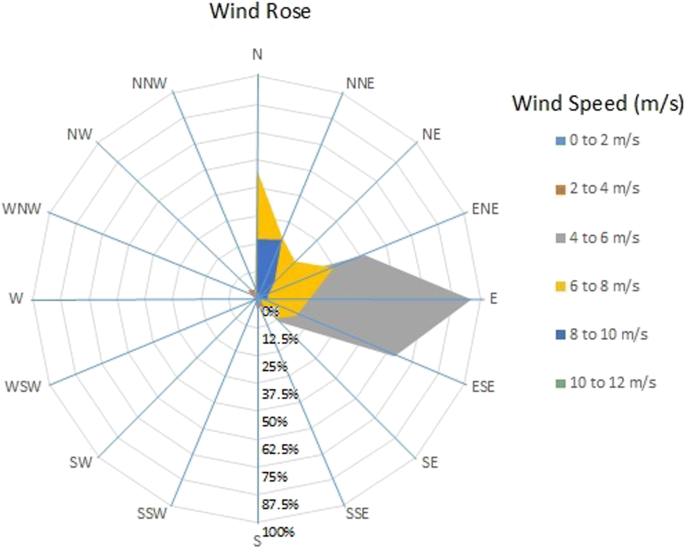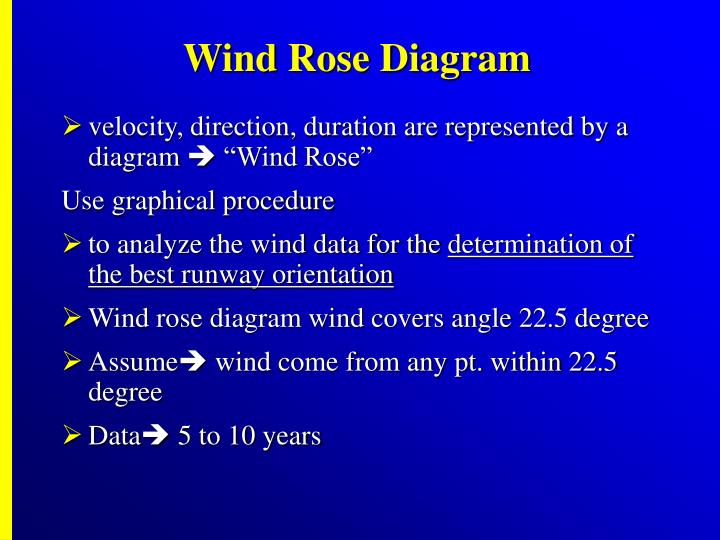

This legend lists computed statistics and some diagram settings.
 Legend: Insert a check here to include a legend in the diagram. Expand this item to enter the title text (40 characters maximum), color, and text size (expressed as a percent of the diagram width). Title: To turn on the plotting of a title, insert a check in this check-box. Expand this item to select the line style and color, and the confidence interval.
Legend: Insert a check here to include a legend in the diagram. Expand this item to enter the title text (40 characters maximum), color, and text size (expressed as a percent of the diagram width). Title: To turn on the plotting of a title, insert a check in this check-box. Expand this item to select the line style and color, and the confidence interval.  Mean Error: Insert a check here to activate the plotting of an arc that represents the interval around the vector mean that most likely contains the true population mean direction. Expand this item to select the line style and color, and whether arrowheads are to be included. Mean Ray: Insert a check in this box to turn on the plotting of the mean vector ray, which represents the mean vector computed from your data set.
Mean Error: Insert a check here to activate the plotting of an arc that represents the interval around the vector mean that most likely contains the true population mean direction. Expand this item to select the line style and color, and whether arrowheads are to be included. Mean Ray: Insert a check in this box to turn on the plotting of the mean vector ray, which represents the mean vector computed from your data set. 
Expand this item to set the petal options.
Petals: To turn on the plotting of the rose petals, insert a check in the Petals check-box. Expand this item to set the color and ray spacing in degrees. Rays: Check this box to include reference rays, which extend from the center of the rose outward. Expand this item to select circle settings. Circles: To include concentric reference circles (full rose diagrams) or arcs (half rose diagrams) that signify percent or occurrences, insert a check in the Circles check-box. If the data is uni-directional, be sure that this box is cleared. Bi-directional: To specify that your data be considered bi-directional in nature, insert a check in the Bi-directional check-box. Expand this heading to enter the amount in degrees clockwise from North (0 to 360) by which each measurement should be rotated. Rotate: Insert a check in this box to turn on data rotation. Diagram Style: Select either Full for a full, 360-degree rose, or Half for a northern-half rose. Azimuth Filter: Expand this item to activate one or both bearing filters by inserting a check in the check box(es). Frequency % (Frequency as % of Total Population): Choose this option if the petals are to represent the percent of all measurements represented in each bin. Frequency (Occurrences Per Bin): Choose this option if the petals are to represent the number of measurements in each bin. Use these options to define what the petal length is to represent. This program reads fracture data for the current borehole and generates a directional diagram that depicts the orientations of the features.įeature Level: RockWorks Standard and higher RockWorks | Borehole Manager | Fractures | Rose Diagram Creating Rose Diagrams from Fracture Data Creating Rose Diagrams from Fracture Data












